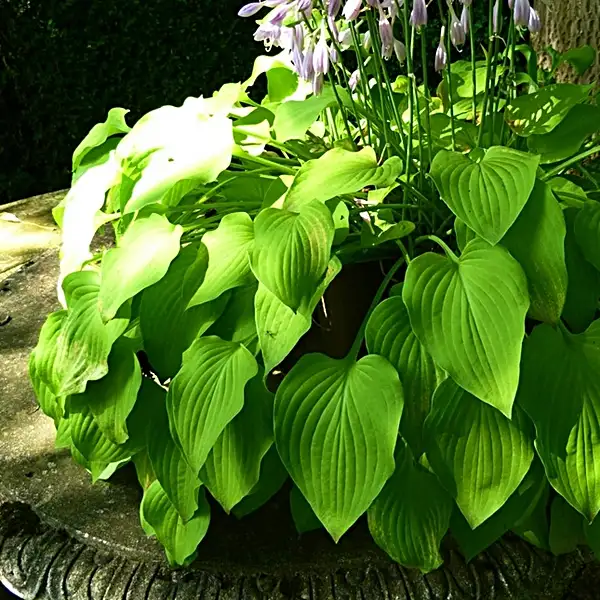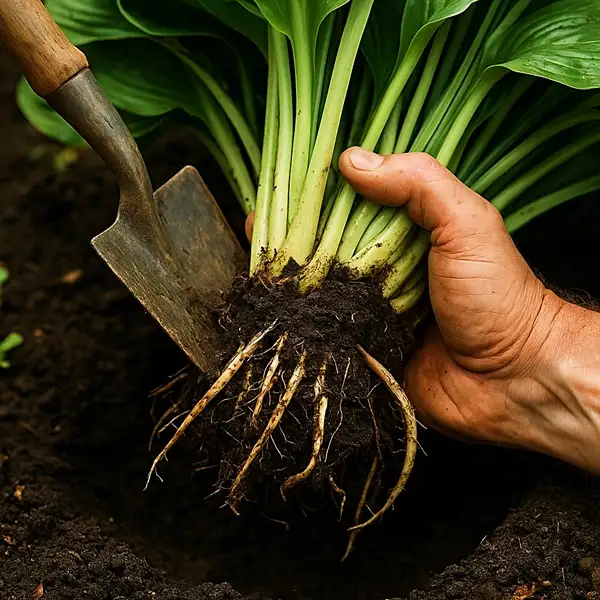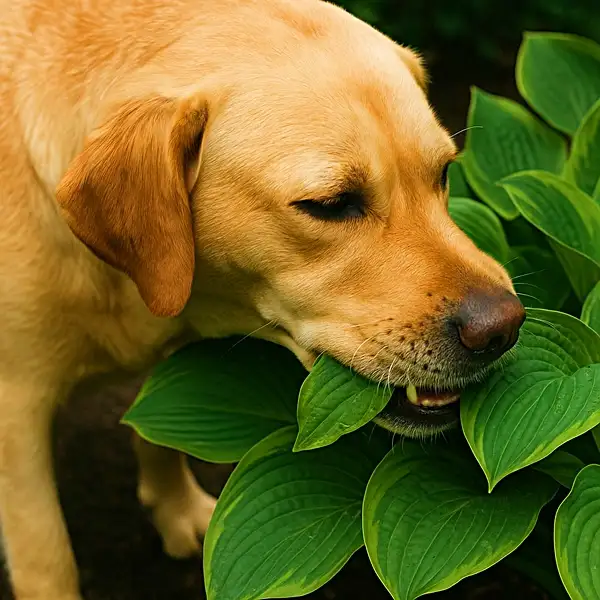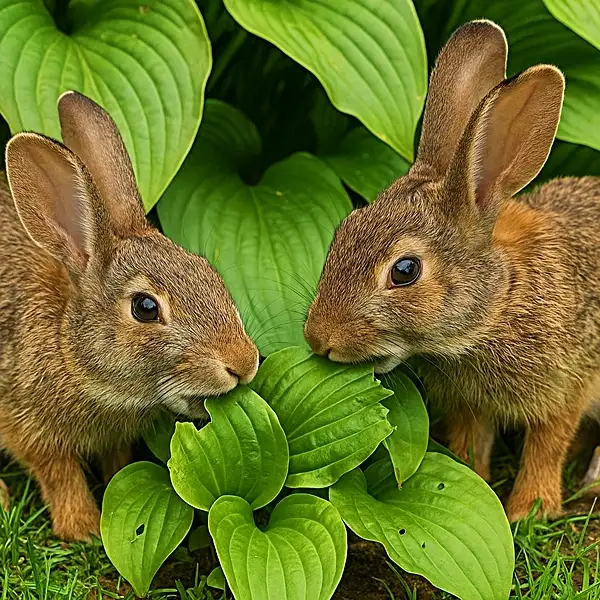Key Takeaways
| 🌿 Key Takeaways |
|---|
| Learn when to divide hostas for best results and why timing truly matters. |
| Follow a clear and simple step-by-step method for dividing hostas successfully. |
| Discover the most common mistakes gardeners make—and how to avoid them! |
| Uncover surprising benefits of hosta division beyond just garden maintenance. |
| Get essential care tips to help newly divided plants thrive long-term. |
| Feel reassured with flexible advice for those who miss the “perfect” timing. |
| Gain confidence to divide hostas like a pro, even if you’re just starting out. |
Understanding Hostas: An Introduction
Hostas, perennial plants with large leaves & graceful shapes, are long-time favorites among gardeners.

- Belonging to family of Asparagaceae, hostas can range from miniatures, fewer than eight inches in width to massive kinds that spread over seven feet across.
- These adaptable plants thrive in areas with temperate climates & thrive best under light shade conditions, although they can also withstand more sun if properly cared for.
- Often praised for their attractive foliage, hostas have wide leaves that come in numerous colors such as green-blue, emerald, chartreuse or even variegated patterns.
- They bloom delicate flowers in shades of purple or white during summer which are often wonderfully fragrant.
- Their easy-going nature requires little upkeep which further explains their popularity, especially among novice gardeners.
- As great as hosta plants might be, though, there comes a time when you may need to divide them up – usually either when they have grown too big for their allocated space or when center starts looking a little thin & tired while outer edges still look vibrant & full of life.
In this comprehensive guide about dividing hostas, we will cover what exactly it means to divide these popular perennials, ensuring readers understand whether it is really necessary – along with everything else they need on how best to approach this task.
3 Times: When Is the Best Time to Divide Hostas?
Although hostas are typically robust foliage plants requiring minimal care throughout most growing seasons, timing is crucial for successful plant division.
| Timing | Best Conditions | Important Notes |
|---|---|---|
| Early Spring (Late March – Early April, depending on region) |
|
|
| Alternatively, you could wait until: Early Fall (Late September – Early October) |
|
|
| Other Times (Only if necessary) |
|
|
5 Amazing Benefits of Dividing Hostas

Bringing out a spade to slice through your beautiful hosta might feel cruel, but like with many perennials, routine division is actually beneficial for plant.
| Benefit | Why It Matters |
|---|---|
| Revitalizes Older Plants |
|
| Controls Size |
|
| Multiplies Your Decorative Collection 🌿 |
|
| Potential Income Source 💰 |
|
| Swapping with Friends or Neighbors |
|
Step by Step Guide: How to Effectively Divide Your Hostas in Just 5 Steps
| Step | Action | Tip |
|---|---|---|
| 1 | Water thoroughly day before division |
|
| 2 | Use a sharp spade or quality knife for cutting |
|
| 3 | Dig carefully around clump |
|
| 4 | Identify natural divisions with several shoots & roots |
|
| 5 | Replant immediately into moist, rich soil |
|
By following right techniques, your hostas should thrive once again, even if the environment seems stressful. With time & perseverance, they will flourish & you will see great results before you know it!
4 Critical Mistakes and How to Avoid When Dividing Hostas
Although dividing hostas is generally an uncomplicated process, mistakes can occur that hinder plant’s successful recovery.
| Mistake | How to Avoid It |
|---|---|
| Dividing during extreme weather |
|
| Breaking clumps into pieces too small |
|
| Over-fertilizing newly divided plants |
|
| Dividing after new growth has emerged |
|
4 Expert Tips: Caring for Your Newly Divided Hosta Plants
After you have successfully divided & replanted your hostas, ensuring their survival must be paramount in your mind.
| Care Tip | Why It’s Important |
|---|---|
| Water regularly, especially in first year |
|
| Add mulch around base |
|
| Monitor for pests & diseases |
|
| Patience pays off ⏳ |
|
Final Thoughts on Dividing Hostas
Dividing hostas might initially seem like an arduous process but the multitude of benefits it provides – coupled with its relatively straightforward execution & rewarding results – makes it a truly worthwhile gardening experience.
It boosts growth potential while helping maintain manageable, beautiful landscapes across many different garden styles & settings.
Frequently Asked Questions
What month do you divide hostas?
Divide hostas in late March to early April or end of September to early October, depending on your region’s frost schedule.
What happens if you don't split hostas?
Hostas grow crowded, centers thin out & plants lose vigor & beauty over time.
How do you separate hostas to replant?
Water a day before, dig carefully around clump, lift gently, then slice cleanly through roots ensuring each division has healthy roots & leafy buds.
Do hostas go into shock when transplanted?
Yes! Especially if divided during extreme weather or if watering is neglected afterward.
How fast do hostas multiply?
Hostas thicken steadily and often need dividing every 3 to 5 years to stay healthy.
When to divide hostas in pots?
Divide potted hostas in early spring for fastest recovery or in early fall before frost.
How to divide hostas in fall?
Wait for cool weather, water beforehand, lift gently, slice into strong sections, replant immediately & mulch lightly.
When to divide hostas in summer?
Only divide in summer during cool, cloudy days with extra watering & shading afterward.
What is best tool for dividing hostas?
Use a sharp spade or heavy-duty knife for clean cuts with minimal root damage.
Can you divide hostas in summer?
Yes! But it is riskier. Careful watering, shading & gentle handling are essential.
Can you divide hostas without digging up whole plant?
Yes! You can slice out a section from side carefully but full lifting ensures healthier divisions.






